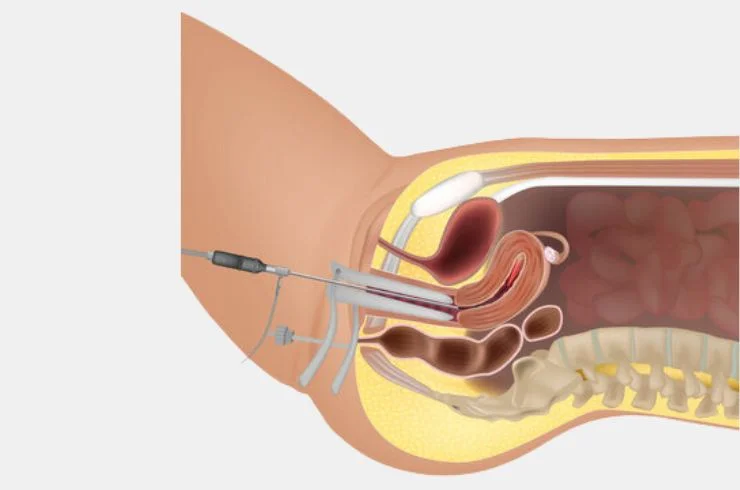
Hysteroscopy is a minimally invasive surgical procedure that enables healthcare providers to visually examine the inside of the uterus and cervix to diagnose and treat various abnormalities. This procedure utilizes a hysteroscope, a thin, lighted tube that is inserted through the vagina and cervix into the uterus, allowing the surgeon to obtain clear images and perform necessary interventions.
Purpose of Hysteroscopy
Diagnosis of Uterine Abnormalities:
Treatment of Abnormalities:
The Hysteroscopy Procedure
Preparation:
Anesthesia:
Surgical Process: